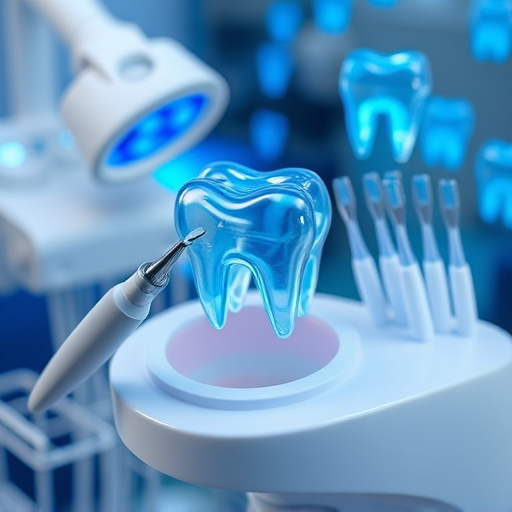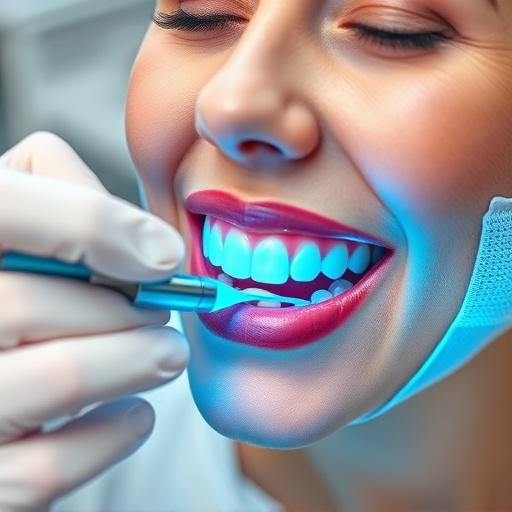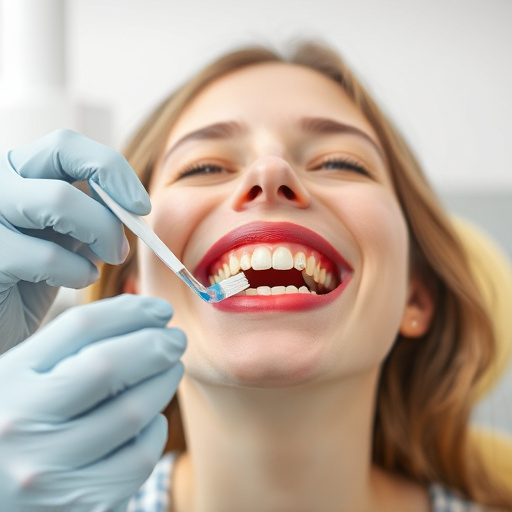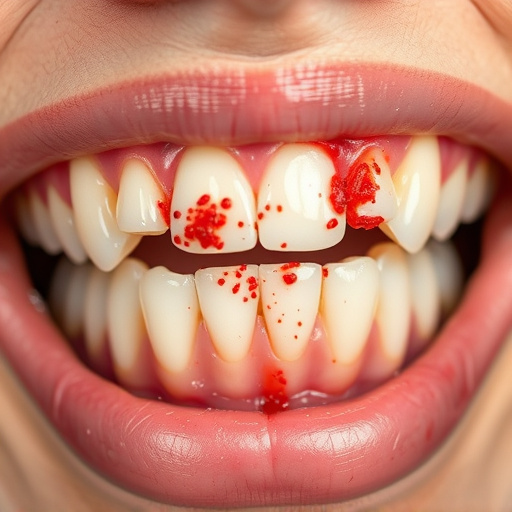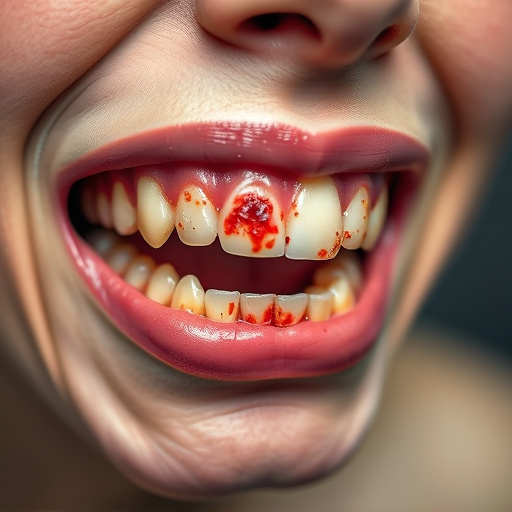A comprehensive dental exam includes advanced tools for decay, gum disease & bite alignment checks. Dentists probe pockets, inspect occlusal surfaces and TMJs, and use X-rays to detect hidden issues. Regular exams, cleaning & preventive care prevent minor problems from escalating, promoting long-term oral health. Comprehensive dental exams suggest solutions like bonding & guide treatments for cosmetic procedures.
A comprehensive dental exam goes beyond a surface checkup. It’s an in-depth exploration of your oral health, encompassing every function within your mouth. From examining teeth and gums for signs of decay or disease to assessing bite alignment and jaw joints for discomfort, this thorough assessment uncovers hidden issues. X-rays provide critical insights into growth patterns and structural integrity. By integrating these aspects, a comprehensive dental exam ensures optimal oral health and guides personalized treatment plans.
- Evaluating Teeth and Gums: Examining Health and Structure
- Assessing Bite, Jaw Function, and Temporomandibular Joints
- X-Ray Analysis: Uncovering Hidden Issues and Growth Patterns
Evaluating Teeth and Gums: Examining Health and Structure
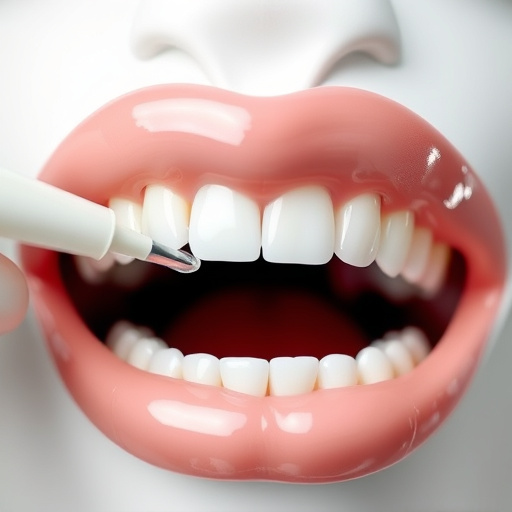
During a comprehensive dental exam, one crucial aspect involves meticulously evaluating the teeth and gums to assess both their health and structural integrity. This detailed examination goes beyond a simple visual inspection; it includes using specialized tools to check for any signs of decay, gum disease, or other oral issues. Dentists will probe pockets around teeth to gauge gum inflammation and bleeding, which can indicate periodontal problems.
By combining visual observation with tactile exploration, general dentistry professionals can identify early warning signs and detect even subtle changes in tooth and gum health. This proactive approach ensures that minor issues don’t escalate into more complex problems, highlighting the importance of regular dental check-ups and preventive care through teeth cleaning procedures. Moreover, a comprehensive dental exam might also consider dental bonding as a solution for minor defects or chips, enhancing overall oral aesthetics and functionality.
Assessing Bite, Jaw Function, and Temporomandibular Joints
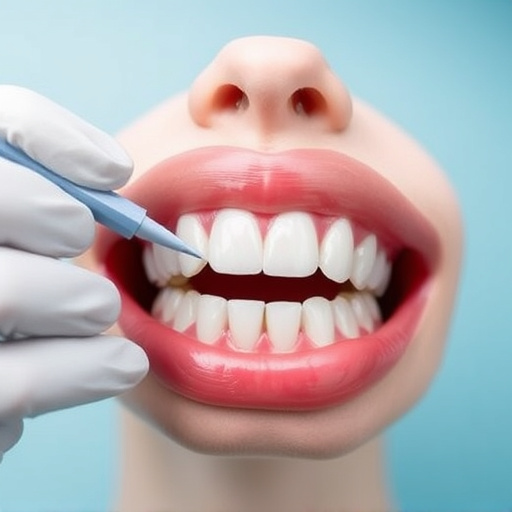
During a comprehensive dental exam, assessing bite alignment and jaw function is paramount to understanding overall oral health. Dentists use advanced techniques to evaluate how teeth fit together, ensuring they are properly aligned and functioning seamlessly. This includes examining occlusal surfaces (the chewing surfaces of teeth) for signs of wear or damage, which can indicate poor bite alignment or bruxism (teeth grinding).
The temporomandibular joints (TMJs), responsible for jaw movement, are also carefully inspected. Proper function of these joints is crucial for comfortable chewing and speaking. Dentists look for any signs of pain, clicking, or popping in the TMJs during opening and closing movements. Early detection of issues like TMJ disorders can prevent more serious tooth repair needs down the line, highlighting the importance of regular comprehensive dental care and teeth cleaning as part of preventive oral hygiene practices.
X-Ray Analysis: Uncovering Hidden Issues and Growth Patterns
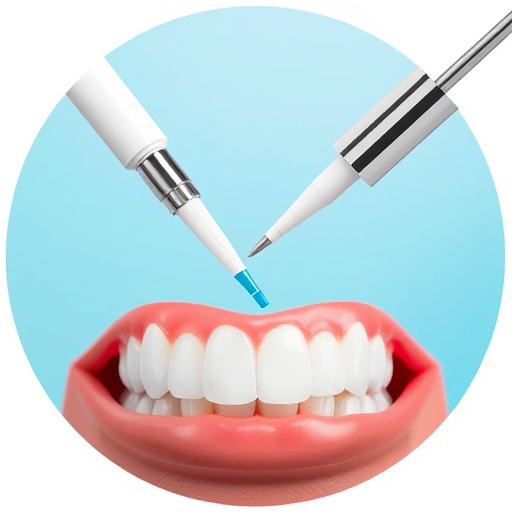
A crucial component of any comprehensive dental exam is X-ray analysis, which offers a window into the intricate details of your oral health. These radiographs, or X-rays, are essential tools for uncovering potential issues that may not be readily visible during a visual examination. By capturing detailed images of your teeth, gums, and jawbone, dentists can identify signs of decay, infections, gum disease, or even unusual growth patterns.
X-ray analysis plays a vital role in diagnosing problems related to cosmetic fillings, dental crowns, or wisdom tooth removal. It helps assess the extent of damage or disease, guiding treatment decisions. For instance, an X-ray might reveal a cavity extending deeper than expected, prompting a more extensive restoration. This advanced visualization ensures that any hidden challenges are addressed, promoting long-term oral health and potentially preventing future complications.
A comprehensive dental exam goes beyond a surface check. By thoroughly evaluating teeth, gums, bite alignment, jaw function, and even using X-rays, dentists can uncover potential issues early on. This holistic approach ensures optimal oral health, addressing structural integrity, functional efficiency, and underlying growth patterns – all vital components of a robust and lasting smile.









